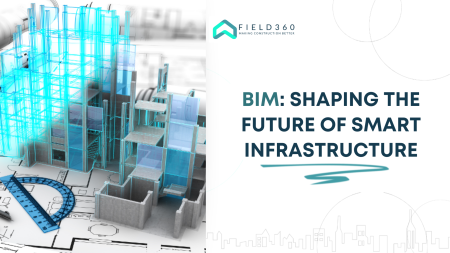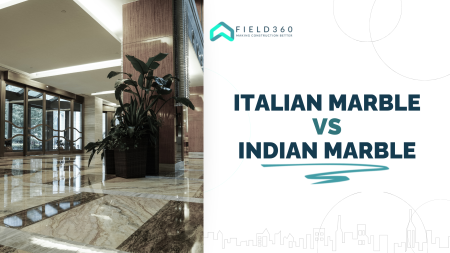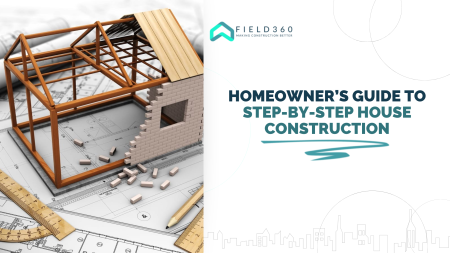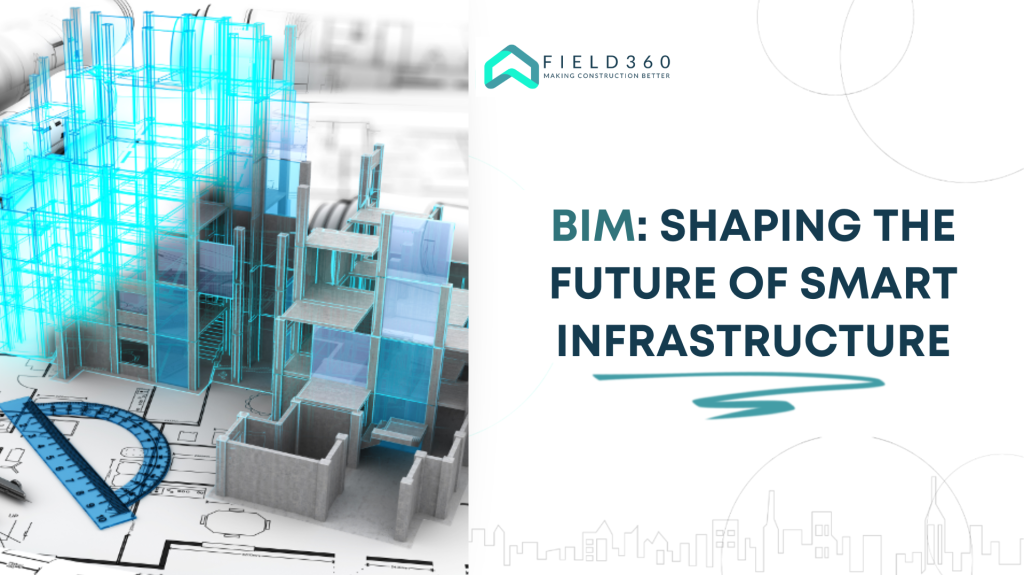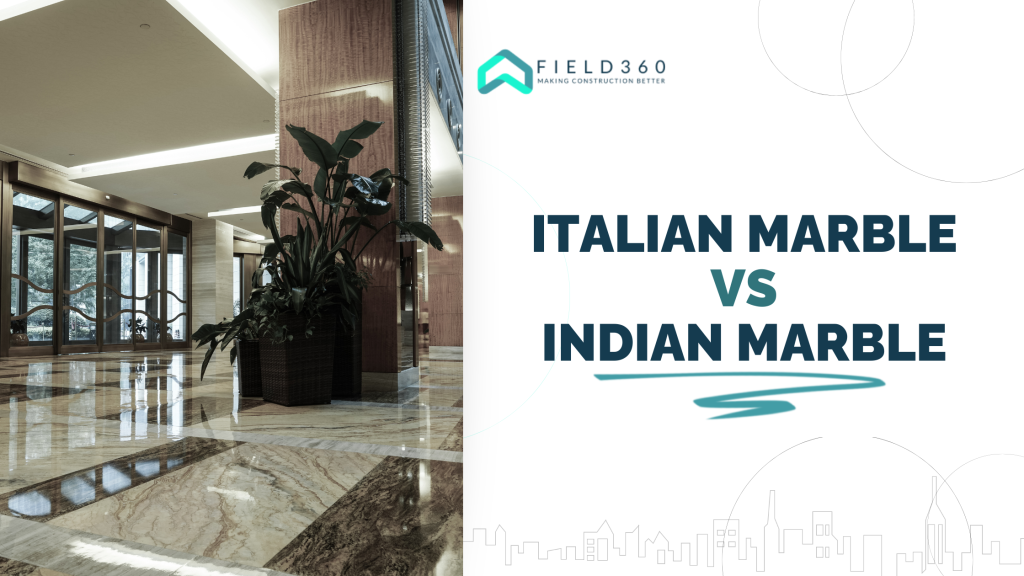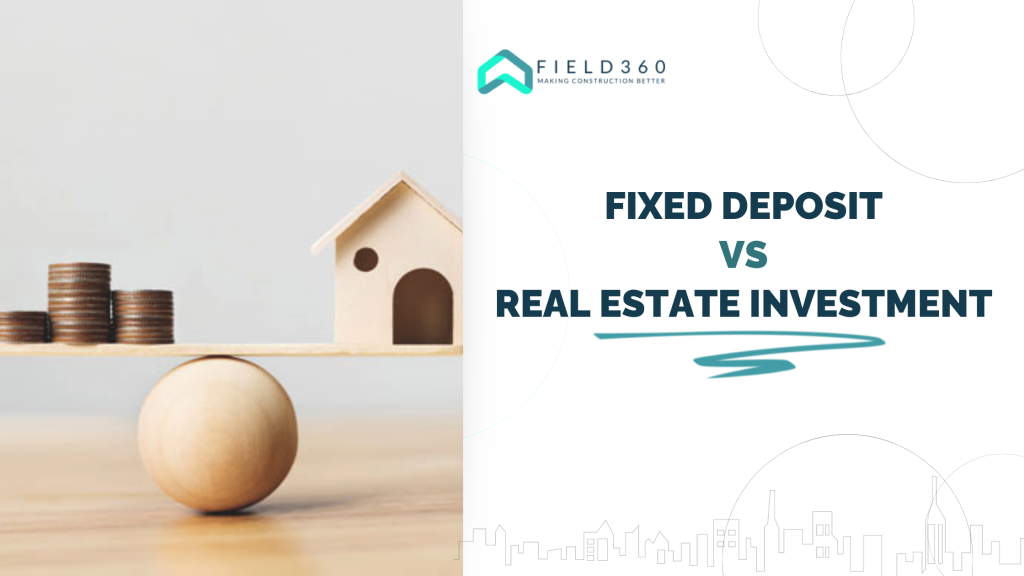In recent years, home automation technologies have evolved a lot. People around the world have started showing huge interest in owning smart homes. Home automation makes our lives easy and obviously adds modern appeal to our houses as well. The demand for home automation technologies is growing rapidly. With the introduction of new suppliers in the market the price range of these devices is falling and making it affordable to all.
What is Smart Home Automation?
Home automation is the automatic management of a task or activity in a home with minimal human involvement. Home automation refers to any equipment that automates and simplifies daily life. It could be wireless, wired, or both.
The smart home automation gadgets are connected to sensors and actuators and controlled via the internet. Home automation allows you to use products like lights, fans, air conditioners, and freezers more conveniently. You can monitor, track, and control numerous devices in your home that are connected to the internet. Home automation can be controlled remotely using either a voice assistant or a mobile application.
Key Features of Smart Home Automation
Home automation is a new thing and there are so many rumors spreading about this technology. Apart from providing a modern look to your house, home automation devices have a lot more to offer. The following are the key features of home automation technologies:
- All the smart devices are usually connected to each other through automation technology.
- Home automation devices are equipped with sensors. They take data from the user’s habits and use it when required.
- These interconnected systems carry out related tasks for many aspects of the house, such as turning on the lights when the blinds are lowered.
- Voice interfaces let users control digital systems without any difficulty.
- As user data is collected, the systems respond to how appliances and devices in the house get activated. In this manner, the smart home can learn and make decisions.
The smart home basically works with the help of an internet connection. The home appliances need to be connected to a Wi-Fi network controlled by mobile phones or tablets. Comfort, convenience, security, and energy efficiency are the main reasons behind the huge demand for home automation technologies.
Popular Home Automation Components
The new digital systems are equipped with multiple features to provide convenience, energy efficiency, and functionality with the help of automation. Automated smart homes create an ecosystem to offer a modern living experience and add value to user’s everyday life. Check out the popular smart home components that people are using to ease their lifestyles.
Security Systems
Security systems such as cameras, smart locks, and video doorbells notify residents when someone enters or approaches their home. This equipment also allows for the collection of evidence to record any illegal or criminal activities in or near the home. Video surveillance is becoming increasingly common as home security becomes a top priority for all owners.
Smart Devices with AI and IOT
Home automation is gaining popularity, as technologies such as the Internet of Things (IoT) and Artificial Intelligence (AI) become more widespread. Smart coffee makers, GPS systems, water controls, air conditioners, and other gadgets respond to voice commands from users. These Internet of Things (IoT) systems give data for specialized tasks.
Health and Temperature Monitoring
The pandemic has played a significant role in the increasing adoption of smart health and temperature monitoring devices. Temperature monitoring devices and workout devices that can track body changes and recommend food changes are becoming quite popular in households.
Devices with Robotic Assistance
A large number of homeowners choose to have domestic robots in their homes for a more convenient lifestyle. Ordinary duties such as cleaning floors and pools and mowing the lawn are readily done by these robotic assistants.
Smart Light Systems
Smart lights, along with home automation, are popular ways to make your lifestyle brighter and more efficient. Users can control these lights while they are away or set timers to manage them according to their schedule.
Touchless Technology
Although this technology had already begun to dominate the home automation sector, the pandemic further increased its feasibility. Touchless doorbells are an exciting innovation that allows guests to notify you of their arrival without touching the surface. Mobile apps operate these doorbells, so the person in charge just touches their phone, not the doorbell.
Takeaway!
Home automation saves time and simplifies a variety of household tasks. Several home automation devices and appliances have been introduced over time, offering various designs and functions, and their demand is constantly increasing. These technological devices are gradually becoming a necessity more than a luxury in every household.
Field 360 is a home construction management app that can assist homeowners and stakeholders in streamlining their operations by enhancing collaboration and communication among them. Discover how 3D Construction Technology is shaping the future of home building!
Frequently Asked Questions
Home automation refers to the use of technology to control and automate various household tasks and functions, such as lighting, security, entertainment, convenience, and many more.
Smart home technologies allow users to remotely control and automate multiple appliances in their homes, saving their time and energy.
Following are the popular examples of smart home devices:
– Smart lighting systems
– Smart speakers
– Lock system
– Automated fans
– Smart locks, etc.
The potential cost of smart homes depends upon the size of the house, the number of devices you are planning to install, installation costs, subscription fees for additional services, and maintenance costs.
Compatibility with already installed devices, options for future expansion, ease of use, security features and the budget are the key factors that you should consider while planning to install a smart home system.



